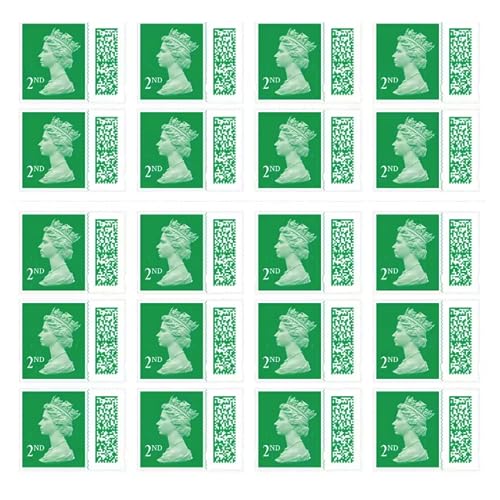The Purpose of a Perforation on a Postage Stamp
When you receive a letter in the mail, you might not think twice about the small holes on the edges of the postage stamp. These holes, known as perforations, have a crucial purpose in the world of postage. In this article, we will explore the purpose of a perforation on a postage stamp and its impact on postal services and stamp collectors.
What are perforations on postage stamps?
Perforations are the tiny punctures or holes made along the edges of a postage stamp. They are evenly spaced and allow for easy separation of individual stamps from a sheet. Prior to the invention of perforations, stamps had to be manually cut with scissors or knives which made the process tedious and time-consuming.
The history of stamp perforations
The concept of perforations on postage stamps dates back to the mid-19th century. In the early days of postage stamps, they were printed on large sheets and had to be cut by hand. This method was prone to errors and often resulted in uneven or damaged stamps. In 1854, an Englishman named Henry Archer proposed the idea of using a perforating machine to create small holes on the edges of the stamps. This allowed for easy separation and became the standard method for producing stamps.
The purpose of perforations
The primary purpose of perforations on postage stamps is to facilitate easy separation. The evenly spaced holes allow for a clean tear without damaging the stamp itself. This is especially important for large sheets of stamps, as it saves time and effort when processing and distributing them. Perforations also protect the integrity of the stamp, preventing accidental tearing or damage.
The impact on postal services
The introduction of perforations revolutionized the postal service industry. It significantly increased efficiency in processing and distributing postage stamps. With the ability to easily separate stamps, postal workers could quickly sort and cancel them, ensuring accurate charges for postage. Perforations also allowed for the use of stamp vending machines, making stamps more accessible to the general public.
The significance for stamp collectors
For stamp collectors, perforations hold both practical and aesthetic significance. Perforation varieties, such as the size and spacing of the holes, can differentiate one stamp from another, making them more valuable to collectors. Some stamp enthusiasts specialize in collecting stamps with rare or unique perforation types, adding depth and rarity to their collections. Perforations also contribute to the overall design of a stamp, enhancing its visual appeal.






